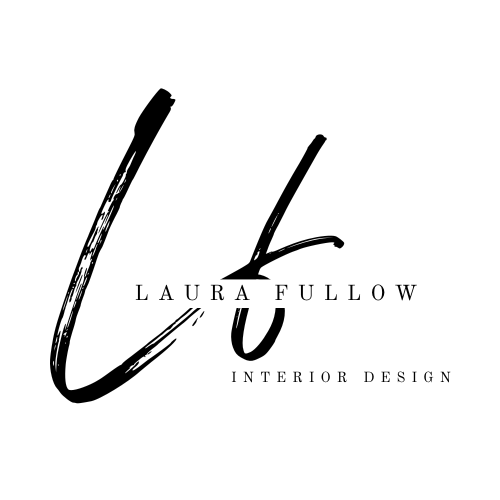Undertaking any type of home renovation is an exciting and challenging endeavor, but if you want to incorporate universal design principles, it can make the process seem even more daunting. Take it from me and don’t let the intimidation squash your plans.
With the right planning and preparation — and the help of an experienced interior designer who specializes in universal design — you can ensure that your space is both comfortable and stylish, while also adapting to your family’s changing needs.
Incorporating universal elements into your renovation project can be easier than you think, and many of these solutions can be implemented for minimal or no extra expense; they will also boost your property’s marketability in the future.
In fact, most of the elements present in universal design are really just standard building components that are either repositioned (such as lowering light switches), chosen more selectively (like faucet handles), or resized (doorways).
Let’s take a look at a few ways that you can incorporate universal design principles into your design plan, and how to choose products and materials that will make your home as flexible and supportive as possible.
Doors and Hallways
One of the most important aspects of universal design is wide doorways and hallways. When renovating your home, think about widening door frames and passageways to at least 32 inches in width. This can help prevent future mobility issues and make it easier for people with wheelchairs or strollers to move around the house.
Lighting
Ample lighting is essential. Every room should have a variety of light sources, including natural light sources like windows or skylights, and artificial options such as recessed lights and task lighting. Having plenty of light is crucial for tasks like cooking or reading, and also plays a significant role in reducing eye strain and accidents caused by poor visibility.
Flooring
When it comes to flooring, avoid using materials with slippery, high-gloss finishes or irregular textures, as they can be unsafe. Opt for slip-resistant surfaces such as low-pile carpeting or non-slip tiles. Additionally, try to minimize transitions between floor materials to prevent tripping hazards.
Lever-Style Handles
The simple decision to use lever-style handles instead of knobs is an easy way to make your home more accessible. Door knobs can be challenging for individuals with arthritis, limited hand strength, or other physical impairments. Lever-style handles require less effort to operate than traditional knobs.
Kitchens
In the kitchen, you might want to install countertops at different heights to cater to people’s different preferences and needs. Adjustable or pull-out workspaces can offer easy access for those in wheelchairs or for those who prefer to sit while preparing meals. Another useful feature is slide-out cabinets, which make it easier to reach stored items without the need to stretch or bend.
Baths
The bathroom is one of the most crucial areas of a home that can benefit from universal design principles. Putting grab bars around the toilet and bathing areas, as well as a curbless shower, can make the space safer and more accessible for everyone. Also, consider a comfort-height toilet and ensure there’s enough space to accommodate wheelchairs.
Entryways and Outdoor Areas
Finally, don’t forget about outdoor spaces – especially entryways to your home. Be sure that entrances are accessible by incorporating ramps or eliminating steps. Wide, well-lit paths are essential for safely navigating outdoor areas at night or with limited visibility conditions.
As you can see, incorporating universal design into your home renovation plan can be straightforward — you just have to know where to start! By considering accessibility, safety, and the diverse needs of all people who may use the space, you can create a home that will be enjoyable and adaptable for years to come.
If you’re considering building a new home or renovating your current space, don’t hesitate to get in touch. I have extensive experience working with clients who are retiring or planning their forever homes, and I can assist you in creating a space that will adapt and develop to meet your needs.
To schedule a consultation, call (702) 883-3200, or send an email to laura@laurafullowdesigns.com.


Recent Comments